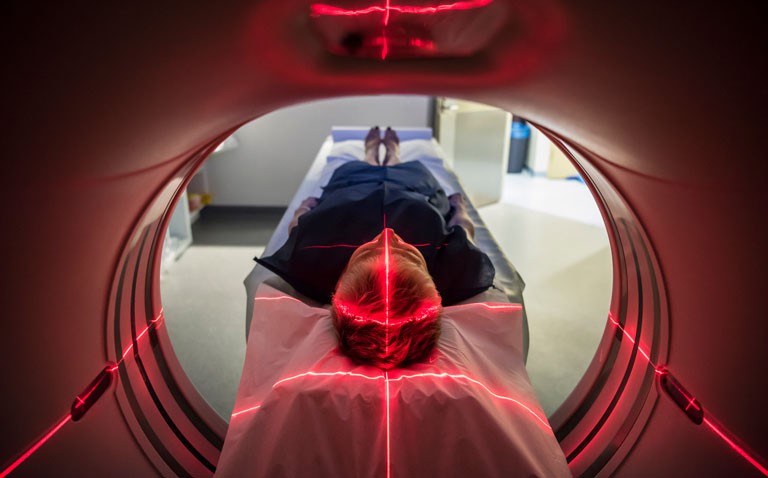Among patients with squamous cell carcinomas, a second scan prior to radiotherapy prompted treatment changes in just over half of cases.
A squamous cell carcinoma on the head or neck is the sixth most common cancer globally, with around 890,000 new cases and 450,000 deaths in 2018. The main form of treatment is curative radiotherapy and in patients with locoregionally advanced cancers, prior scanning with fluorodeoxyglucose positron emission tomography and computed tomography (PET-CT) has been shown to have good diagnostic performance for the detection of regional nodal metastasis. However, where there is a delay between radiotherapy and the initial PET-CT scan, does this impact on radiotherapy planning and might it be necessary to perform a second scan prior to radiotherapy? This was the question posed by researchers from the Department of Radiation Oncology, Inselspital, Bern University Hospital, Bern, Switzerland. The team performed a retrospective analysis of patients with advanced head or neck squamous cell carcinoma and who had received two PET-CT scans prior to radiotherapy, to determine whether the second scan led to any modifications to radiotherapy treatment. The team looked for changes in the primary tumour, lymphatic spread and the presence of distant metastases between the two scans. They categorised any changes as minor if there were modifications to the RT plans such as dose changes and major where treatment moved from curative to palliative or the addition of induction chemotherapy, a switch to surgery or any additional diagnostic work-up that led to postponement or cancellation of treatment.
Findings
There were 32 newly diagnosed patients with locoregionally advanced squamous cell cancer with a median age of 64 years (34% female). The median interval between the initial scan for staging assessment and the second scan was 42.5 days. Just over half (53%) of patients had a grade 2 and 41% a grade 3 tumour. Fortunately, a major treatment change occurred in only 1 patient although nodal upstaging occurred in 10% (3/29) of patients. Minor treatment changes were required in 52% (16/31) of patients with new lymph node metastases detected in all 16 patients and in 6 cases, there was evidence of progression of the primary tumour size.
In discussing their findings, the authors noted that despite an initial PET-CT scan to assess tumour staging, a second scan identified the need for minor changes in just over half of all patients. Based on these findings, they called for the potential benefits of a second scan to be further investigated and validated. They also noted that the practice of undertaking a second scan of patients where the delay was more than four weeks has become the established practice at their hospital.
Citation
Elicin O et al. Impact of pre-treatment second look 18FDG-PET/CT on stage and treatment changes in head and neck cancer. Clin Trans Radiat Oncol 2021










